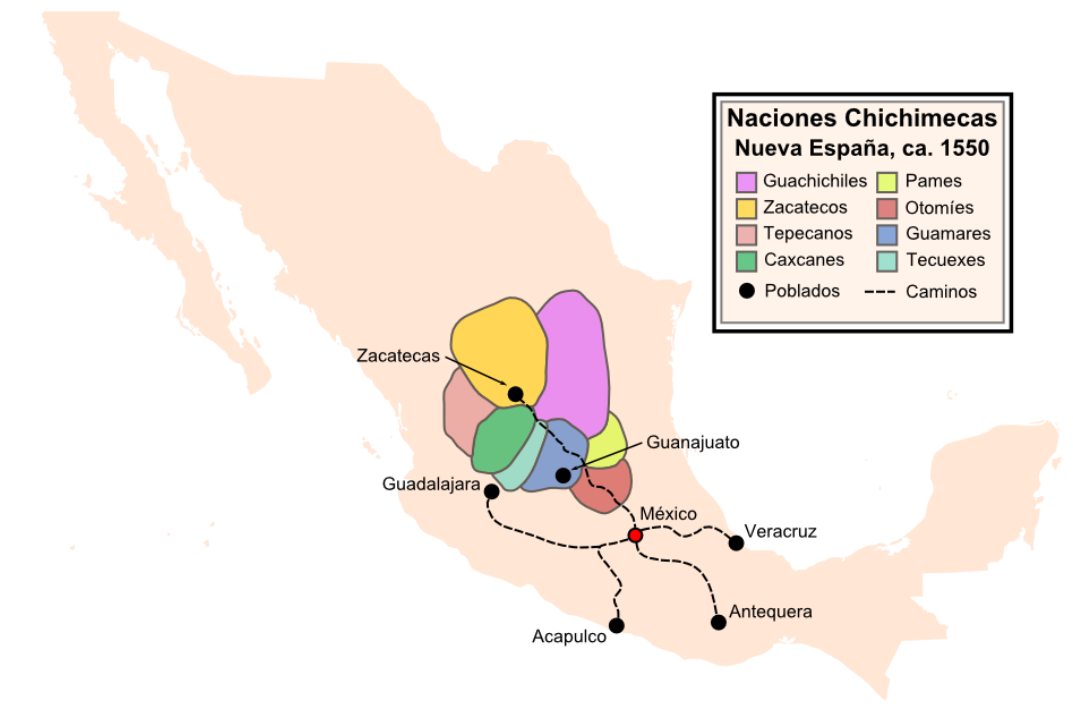Tepecano Language on:
[Wikipedia]
[Google]
[Amazon]
The Tepecano language is an extinct indigenous language of Mexico belonging to the  Research on Tepecano was first carried out by the American linguistic anthropologist John Alden Mason in Azqueltán from 1911 to 1913. This work led to the publication of a monographic grammatical sketch in 1916 as well as an article on native prayers in Tepecano that Mason had collected from informants in 1918. Later field-research was conducted by American linguist
Research on Tepecano was first carried out by the American linguistic anthropologist John Alden Mason in Azqueltán from 1911 to 1913. This work led to the publication of a monographic grammatical sketch in 1916 as well as an article on native prayers in Tepecano that Mason had collected from informants in 1918. Later field-research was conducted by American linguist
Uto-Aztecan
Uto-Aztecan, Uto-Aztekan or (rarely in English) Uto-Nahuatl is a family of indigenous languages of the Americas, consisting of over thirty languages. Uto-Aztecan languages are found almost entirely in the Western United States and Mexico. The na ...
language-family. It was formerly spoken by a small group of people in Azqueltán
Azqueltán is a small settlement located on the banks of the Bolaños River in the municipality of Villa Guerrero, Jalisco, Mexico. "Azqueltán" (reduced from earlier "Atzqueltlán") means "land of many ants" in the Tepehuán language.
Accordin ...
(earlier Atzqueltlán), Jalisco
Jalisco (, , ; Nahuatl: Xalixco), officially the Free and Sovereign State of Jalisco ( es, Estado Libre y Soberano de Jalisco ; Nahuatl: Tlahtohcayotl Xalixco), is one of the 31 states which, along with Mexico City, comprise the 32 Federal ...
, a small village on the Río Bolaños in the far northern part of the state, just east of the territory of the Huichol people
The Huichol or Wixárika are an indigenous people of Mexico and the United States living in the Sierra Madre Occidental range in the states of Nayarit, Jalisco, Zacatecas, and Durango, as well as in the United States in the states of California, ...
. Most closely related to Southern Tepehuán of the state of Durango
Durango (), officially named Estado Libre y Soberano de Durango ( en, Free and Sovereign State of Durango; Tepehuán: ''Korian''; Nahuatl: ''Tepēhuahcān''), is one of the 31 states which make up the 32 Federal Entities of Mexico, situated i ...
, Tepecano was a Mesoamerican language
Mesoamerican languages are the languages indigenous to the Mesoamerican cultural area, which covers southern Mexico, all of Guatemala and Belize and parts of Honduras and El Salvador and Nicaragua. The area is characterized by extensive linguis ...
and evinced many of the traits that define the Mesoamerican Linguistic Area The Mesoamerican language area is a ''sprachbund'' containing many of the languages natively spoken in the cultural area of Mesoamerica. This sprachbund is defined by an array of syntactic, lexical and phonological traits as well as a number of ethn ...
. So far as is known, the last speaker of Tepecano was Lino de la Rosa (born September 22, 1895), who was still living as of February 1980.
 Research on Tepecano was first carried out by the American linguistic anthropologist John Alden Mason in Azqueltán from 1911 to 1913. This work led to the publication of a monographic grammatical sketch in 1916 as well as an article on native prayers in Tepecano that Mason had collected from informants in 1918. Later field-research was conducted by American linguist
Research on Tepecano was first carried out by the American linguistic anthropologist John Alden Mason in Azqueltán from 1911 to 1913. This work led to the publication of a monographic grammatical sketch in 1916 as well as an article on native prayers in Tepecano that Mason had collected from informants in 1918. Later field-research was conducted by American linguist Dennis Holt
Dennis Graham Holt (born October 6, 1942) is an American poet, linguist and translator.
Born in Hollywood, Los Angeles, California, Holt graduated from Van Nuys High School in Los Angeles in 1960. Holt subsequently attended the California Insti ...
in 1965 and from 1979 to 80, but none of his results have so far been published.Dennis Holt, personal communication
Morphology
Tepecano is anagglutinative
In linguistics, agglutination is a morphological process in which words are formed by stringing together morphemes, each of which corresponds to a single syntactic feature. Languages that use agglutination widely are called agglutinative lang ...
language, where words use suffix complexes for a variety of purposes with several morpheme
A morpheme is the smallest meaningful constituent of a linguistic expression. The field of linguistic study dedicated to morphemes is called morphology.
In English, morphemes are often but not necessarily words. Morphemes that stand alone ar ...
s strung together.
Notes
Bibliography
* * * * {{Uto-Aztecan languages Agglutinative languages Piman languages Mesoamerican languages Extinct languages of North America Indigenous languages of Mexico Languages extinct in the 20th century 20th-century disestablishments in North America